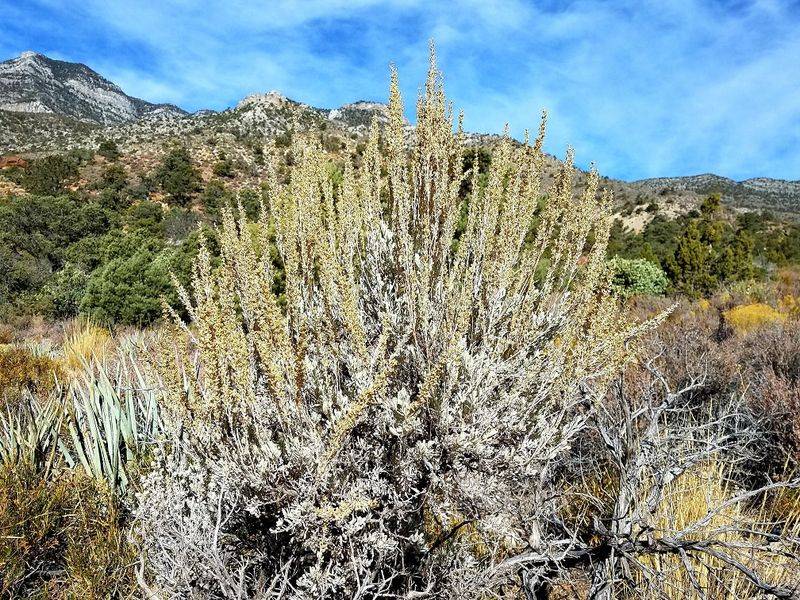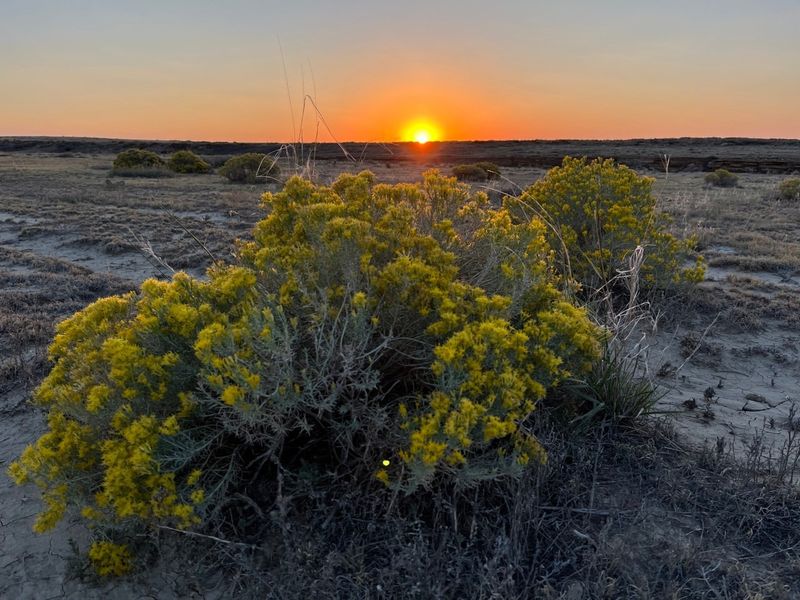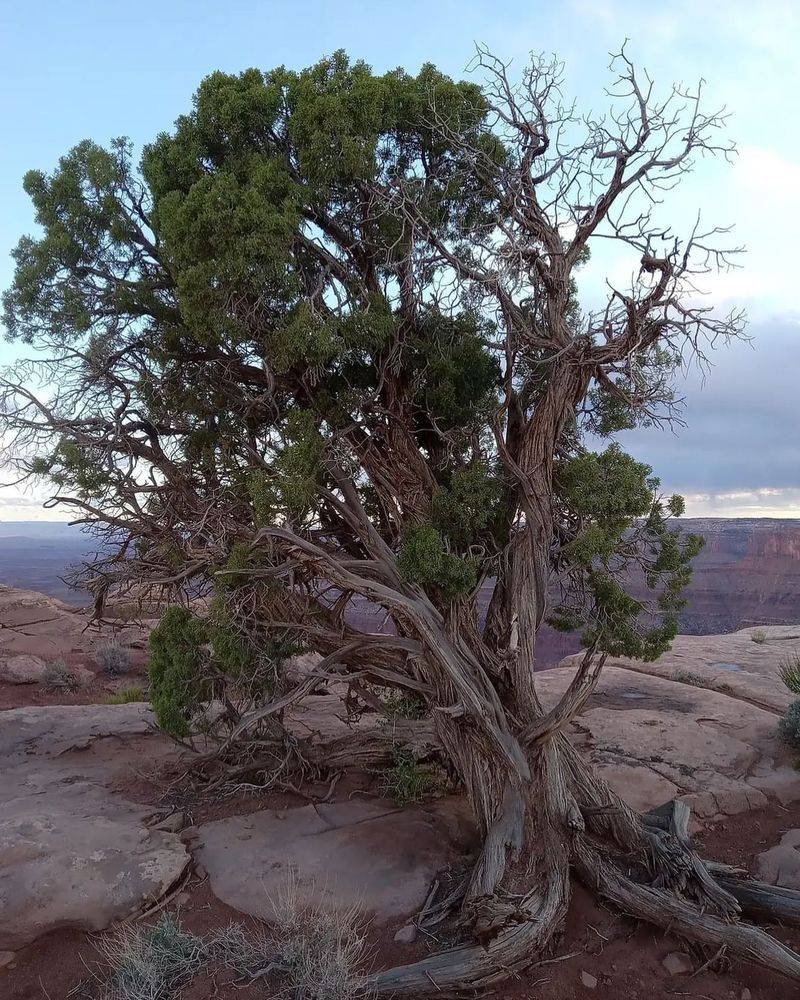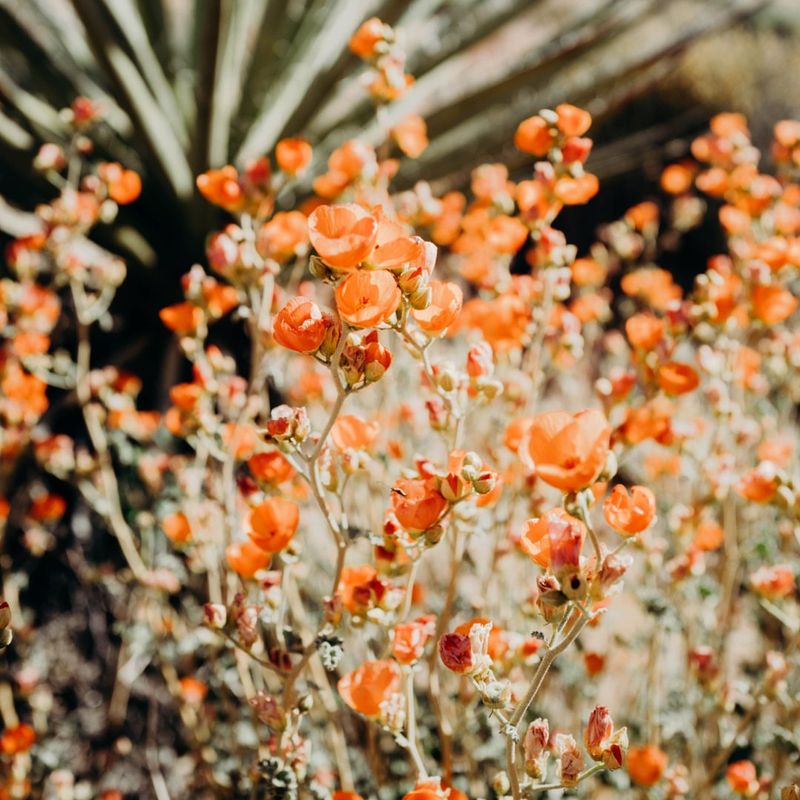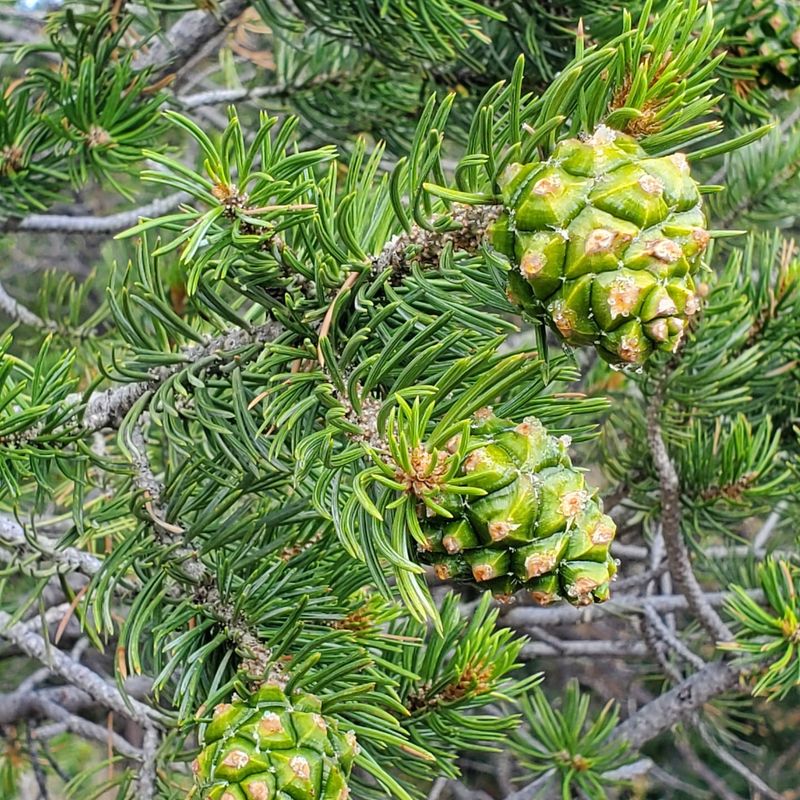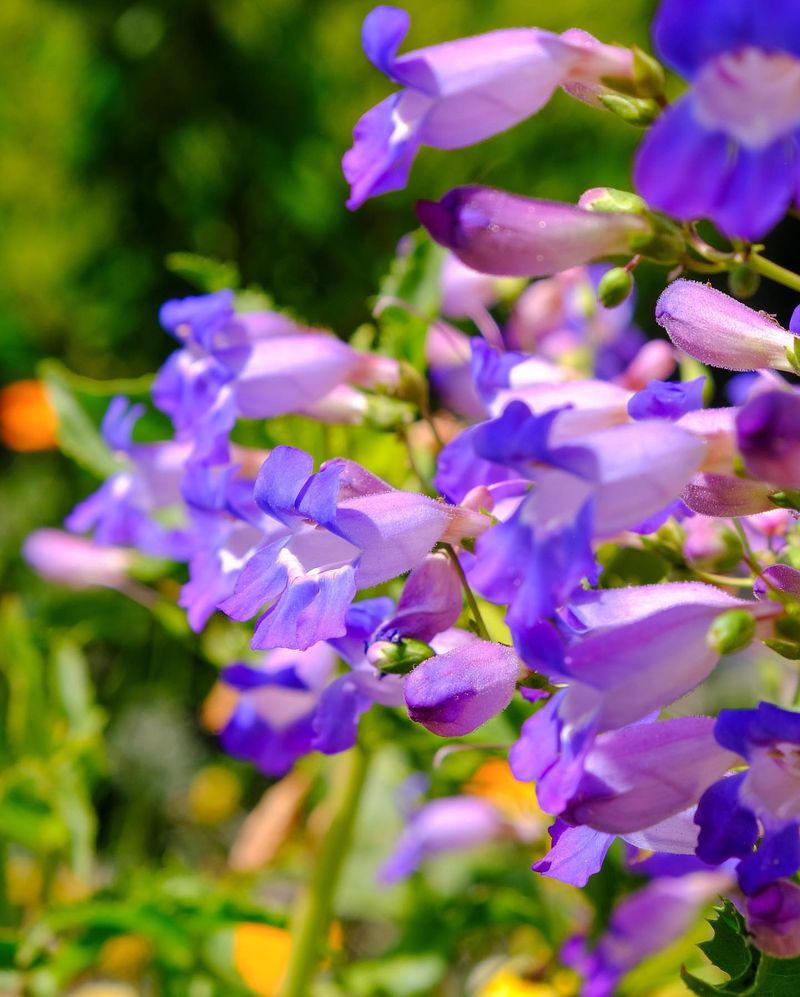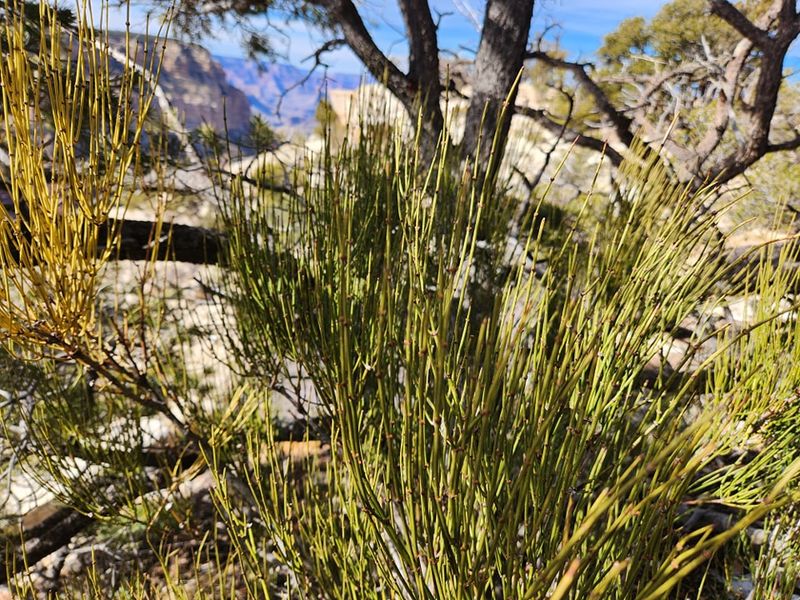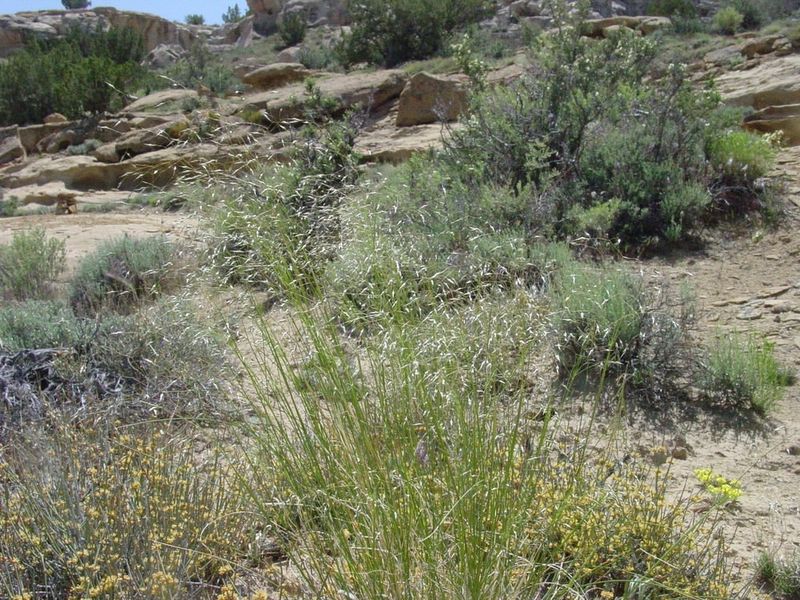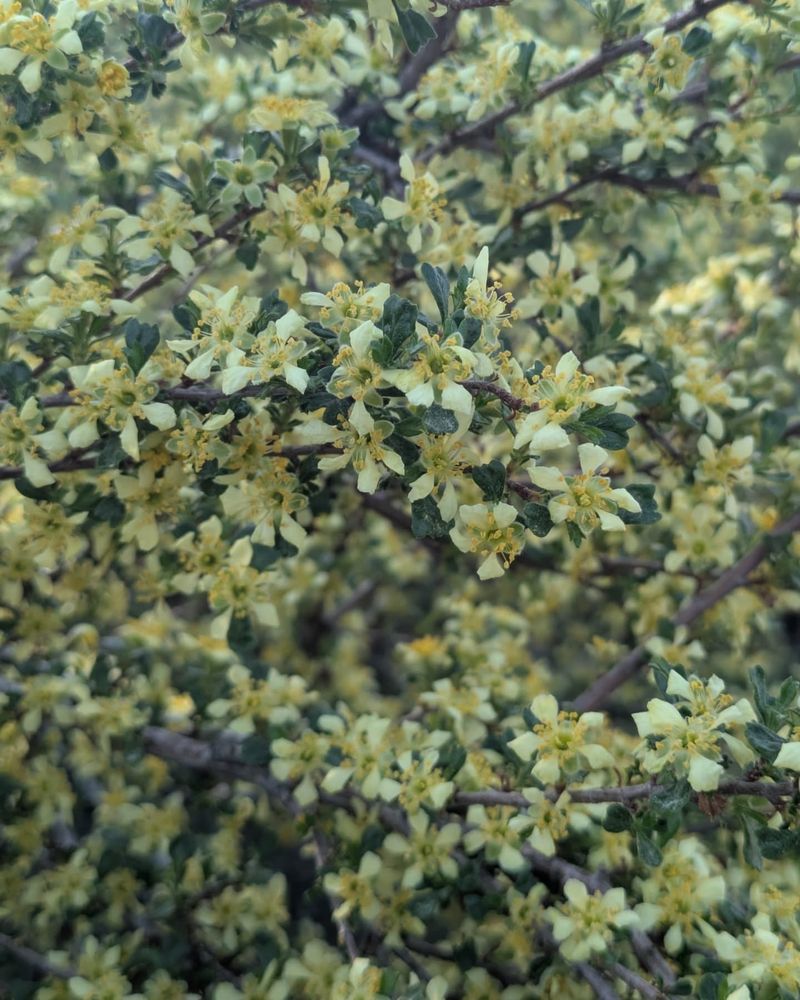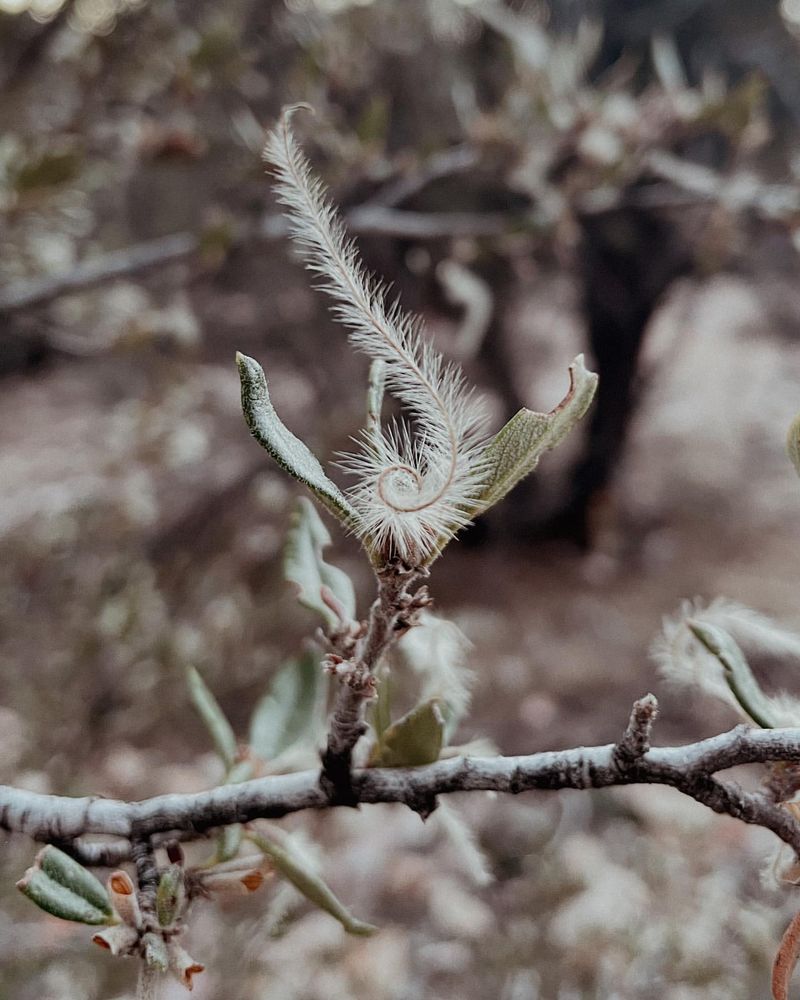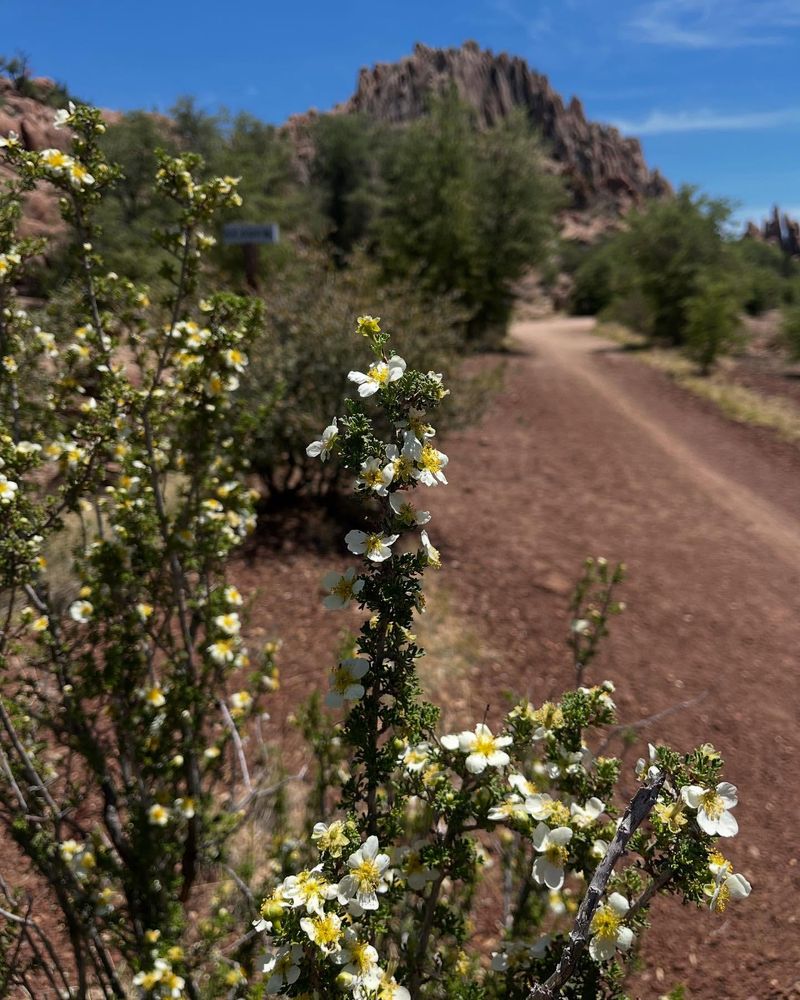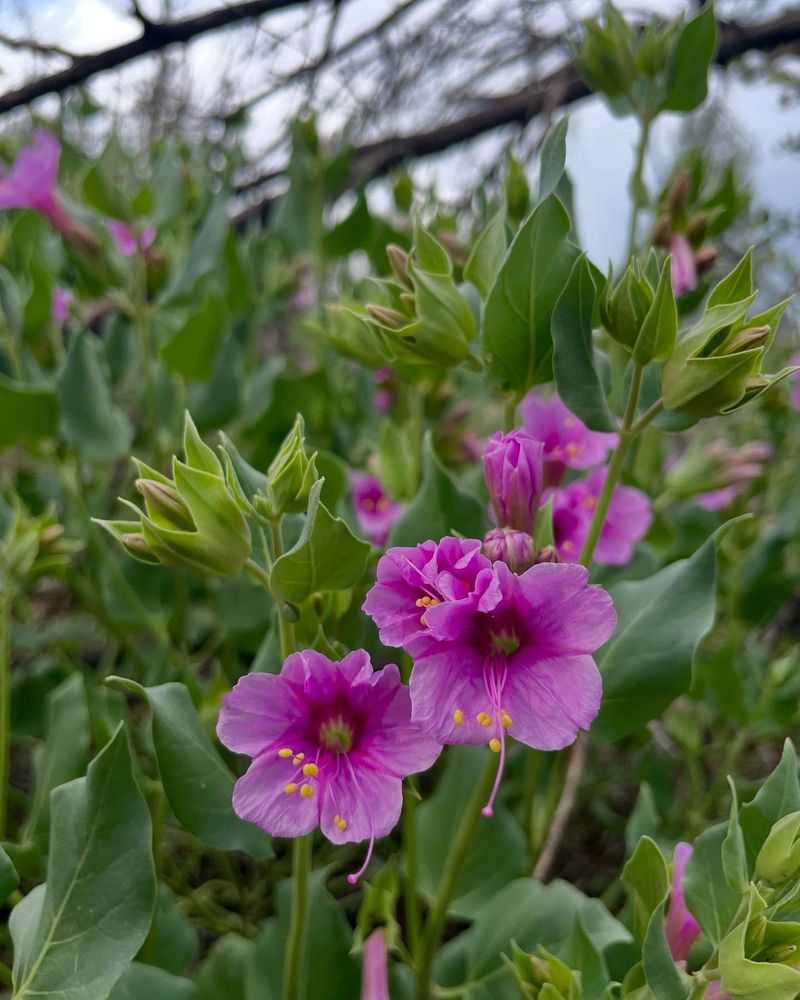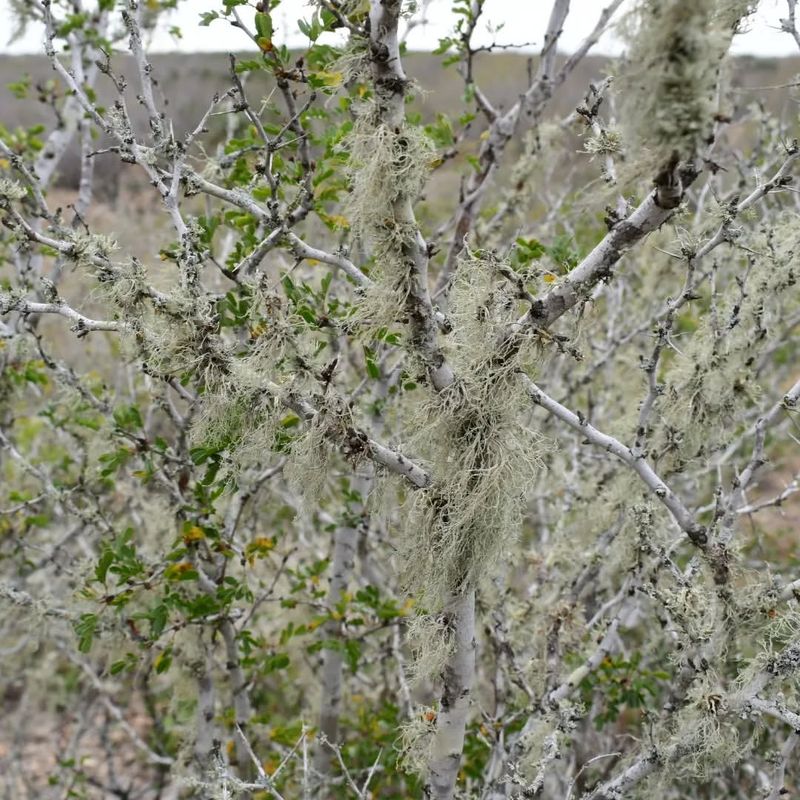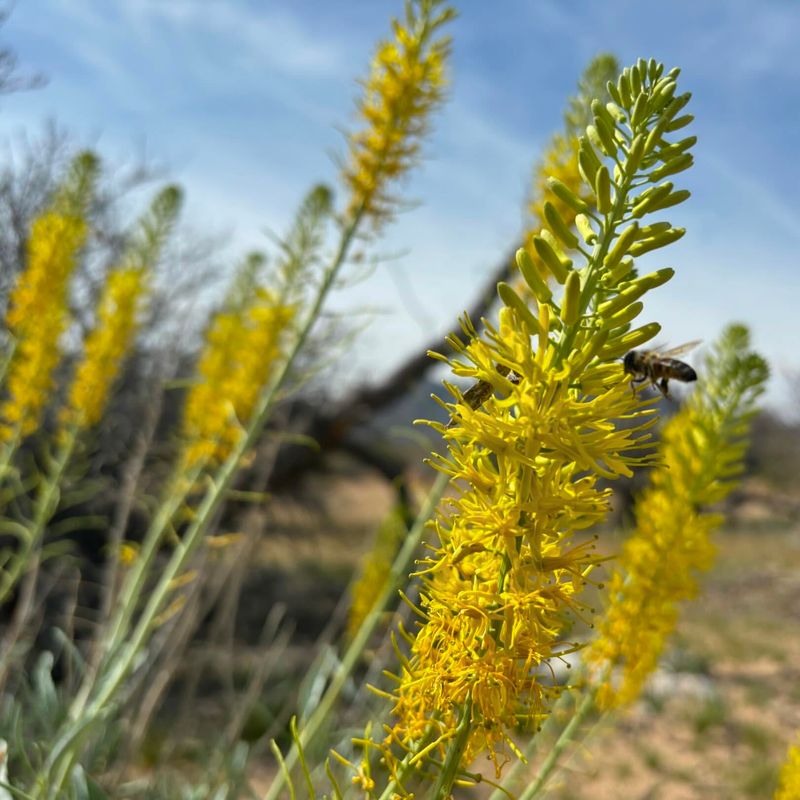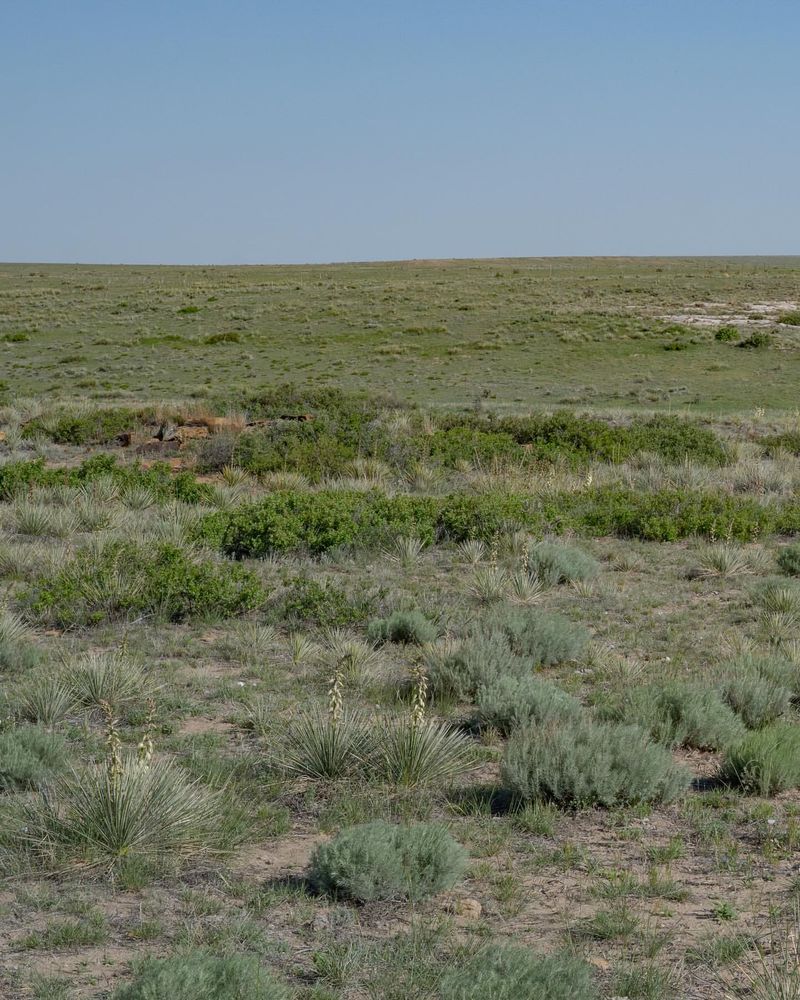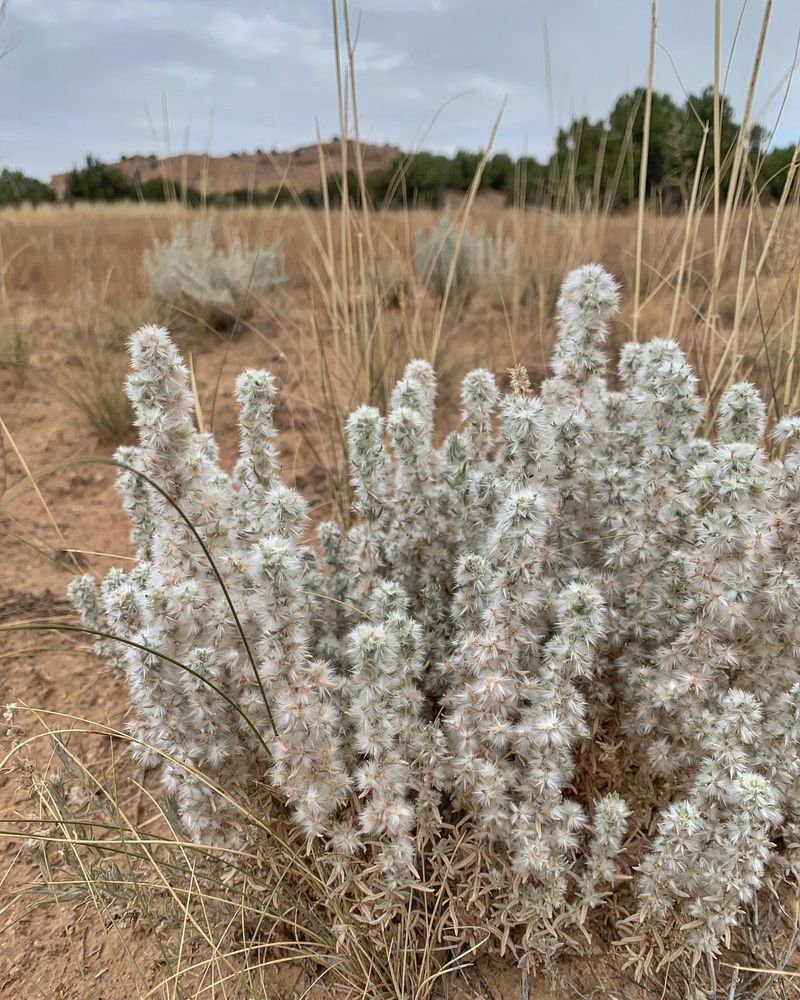Utah’s dry summers can make gardening feel like a battle—but it doesn’t have to be. These native plants are tough, beautiful, and don’t ask for a single drop from your hose.
I’ve grown a few of these myself, and they’ve powered through the heat without breaking a sweat. You’ll be amazed at how easy it is to fill your yard with color without stressing about water.
If you’re tired of babying thirsty plants, this list is about to be your new best friend.
1. Sagebrush
The iconic silver-gray foliage of this aromatic shrub defines Utah’s landscape. Native peoples used it medicinally for centuries, appreciating its durability in harsh conditions.
Once established in your Utah garden, sagebrush needs absolutely no supplemental water. Its deep taproot system efficiently captures whatever moisture is available, making it perfect for xeriscaping projects.
2. Rabbitbrush
Golden blooms explode across this shrub in late summer, creating a stunning contrast against Utah’s red rock formations. Pollinators absolutely adore the bright yellow flowers that appear when little else is blooming.
Tough and resilient, rabbitbrush thrives in Utah’s challenging climate without any watering. The silvery-green foliage stays attractive year-round, adding texture and interest to water-wise gardens.
3. Utah Juniper
Twisted, gnarled trunks tell stories of survival against Utah’s harshest elements. These ancient-looking trees can live for hundreds of years, developing character and resilience with age.
Junipers produce blue-gray berries that attract birds throughout Utah winters. Their scale-like foliage remains evergreen year-round, providing structure and stability to desert landscapes without requiring a drop of irrigation.
4. Globemallow
Vibrant orange flowers dance on slender stems throughout summer, creating pops of color in Utah’s arid landscape. Hummingbirds frequently visit these cup-shaped blooms, adding wildlife interest to your garden.
Globemallow’s silver-green foliage remains attractive even when not flowering. Utah gardeners appreciate how this native perennial rebounds after drought, spreading gently to fill spaces without becoming invasive.
5. Pinyon Pine
Small but mighty, these native pines produce delicious nuts that humans and wildlife covet. Indigenous peoples of Utah relied on pinyon nuts as an important food source for thousands of years.
Pinyon pines grow slowly but surely in Utah’s challenging conditions. Their compact size makes them perfect for smaller landscapes where you want year-round greenery without supplemental watering.
6. Fernbush
Delicate, fern-like foliage belies this shrub’s incredible toughness in Utah’s harsh climate. White flowers appear in summer, creating a frothy display that stands out against the dark green leaves.
Fernbush remains one of Utah’s best-kept landscaping secrets. Its compact growth habit and aromatic foliage make it perfect for water-wise gardens where you want something different from the usual desert plants.
7. Utah Serviceberry
Spring brings clouds of delicate white flowers to this versatile native shrub. By summer, edible purple berries attract birds while providing tasty treats for Utah gardeners brave enough to beat the wildlife to them.
Fall transforms serviceberry’s green leaves to brilliant orange and red. This four-season performer thrives throughout Utah without irrigation once established, making it a perfect choice for natural landscaping.
8. Penstemon
Tubular flowers in brilliant shades of red, pink, purple, and blue make penstemon a hummingbird magnet. Utah boasts dozens of native species adapted to different elevations and growing conditions throughout the state.
Most penstemons prefer lean, gravelly soil similar to their natural Utah habitats. They’ll actually perform worse with extra water and fertilizer, making them perfect for gardeners who prefer admiring to maintaining.
9. Mormon Tea
Strange, jointed green stems give this plant an otherworldly appearance in Utah’s desert landscape. Early settlers brewed these stems into a stimulating tea, giving the plant its common name despite having no relation to true tea.
Extremely drought-tolerant, Mormon tea thrives in Utah’s harshest conditions. Its unusual form provides architectural interest year-round, contrasting beautifully with more traditional-looking plants in water-wise gardens.
10. Indian Ricegrass
Delicate seed heads dance above fine-textured foliage, catching light and adding movement to Utah gardens. This important native grass provided food for indigenous peoples who harvested and ground the nutritious seeds.
Indian ricegrass forms attractive clumps that don’t spread aggressively. Utah gardeners appreciate how it thrives in poor soil and creates habitat for beneficial insects without requiring supplemental water.
11. Antelope Bitterbrush
Wildlife flock to this understated shrub for its nutritious leaves and seeds. Deer and antelope browse heavily on bitterbrush throughout Utah, making it an excellent choice for habitat-focused landscapes.
Yellow flowers cover the plant in late spring, creating a subtle but lovely display. Utah gardeners value bitterbrush for its ability to stabilize slopes and thrive in challenging sites without irrigation.
12. Curl-leaf Mountain Mahogany
Twisted, leathery leaves with curled edges give this evergreen shrub its distinctive character. The feathery, spiral-shaped seed heads create an artistic display against Utah’s blue skies in late summer.
Mountain mahogany can grow quite large in favorable Utah locations. Its deep roots access moisture far below the surface, allowing it to thrive during droughts without any supplemental watering.
13. Cliffrose
Fragrant cream-colored flowers perfume the air around this distinctive Utah native. The twisted bark and small, divided leaves create visual interest even when the plant isn’t in its spectacular spring bloom.
Cliffrose thrives in Utah’s rocky, well-drained soils. Its deep root system allows it to survive extended droughts, while its semi-evergreen nature provides structure in winter landscapes without requiring any irrigation.
14. Desert Four O’clock
Magenta trumpet-shaped flowers open in late afternoon, explaining this plant’s unusual name. The blooms release a sweet fragrance that intensifies as evening approaches, attracting sphinx moths throughout Utah’s summer nights.
A tuberous root allows desert four o’clock to survive Utah’s harshest conditions. This perennial disappears completely during drought but rebounds dramatically when rain returns, requiring zero supplemental water.
15. Blackbrush
Tiny yellow flowers appear briefly in spring, but this shrub’s real value lies in its year-round structure. The dense, intricate branching creates perfect shelter for small wildlife throughout Utah’s harsh seasons.
Extremely slow-growing, blackbrush indicates truly undisturbed desert ecosystems. Utah gardeners use it sparingly as an accent in xeriscapes, appreciating its absolute refusal to need water while providing authentic desert character.
16. Prince’s Plume
Dramatic yellow flower spikes rise up to six feet tall from a rosette of blue-green foliage. These spectacular blooms create vertical interest in Utah gardens, attracting pollinators from far and wide during their long blooming period.
Prince’s plume actually accumulates selenium from Utah’s mineral-rich soils. This adaptation deters herbivores and allows the plant to thrive in harsh conditions where others fail, never needing supplemental water.
17. Sand Sagebrush
Finely divided, silvery foliage creates a soft, feathery texture in Utah desert gardens. This smaller cousin of common sagebrush offers a more refined appearance while maintaining the same incredible drought tolerance.
Sand sagebrush thrives in Utah’s poorest, sandiest soils. Its aromatic foliage deters deer and rabbits, making it an excellent problem-solver for challenging garden sites where irrigation isn’t an option.
18. Banana Yucca
Sword-like leaves arranged in dramatic rosettes create bold architectural statements in Utah landscapes. Impressive stalks of creamy white flowers rise up to 6 feet tall, attracting specialized yucca moths for pollination.
The name comes from the edible banana-shaped fruits that follow flowering. Utah’s indigenous peoples utilized every part of this plant—leaves for fiber, roots for soap, and flowers and fruits for food.
19. Winterfat
Soft, woolly seed heads give this unassuming shrub its moment of glory in late summer. The fluffy white fruits catch evening light beautifully, glowing against Utah’s dramatic landscape as they prepare to disperse on the wind.
Winterfat earned its name by providing critical nutrition for wildlife during Utah’s harsh winters. It thrives without irrigation in poor soils, gradually spreading to form naturalistic drifts in water-wise gardens.


